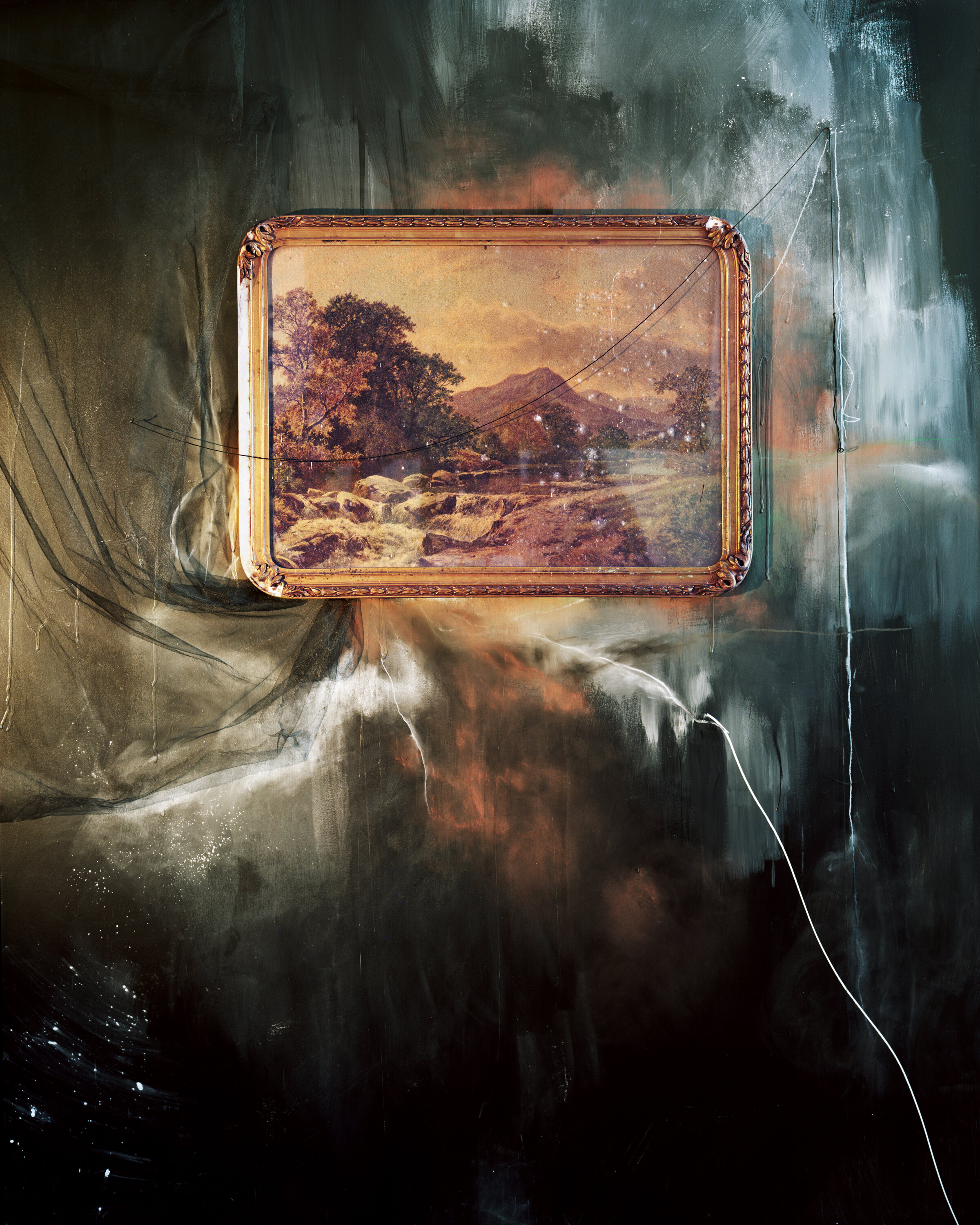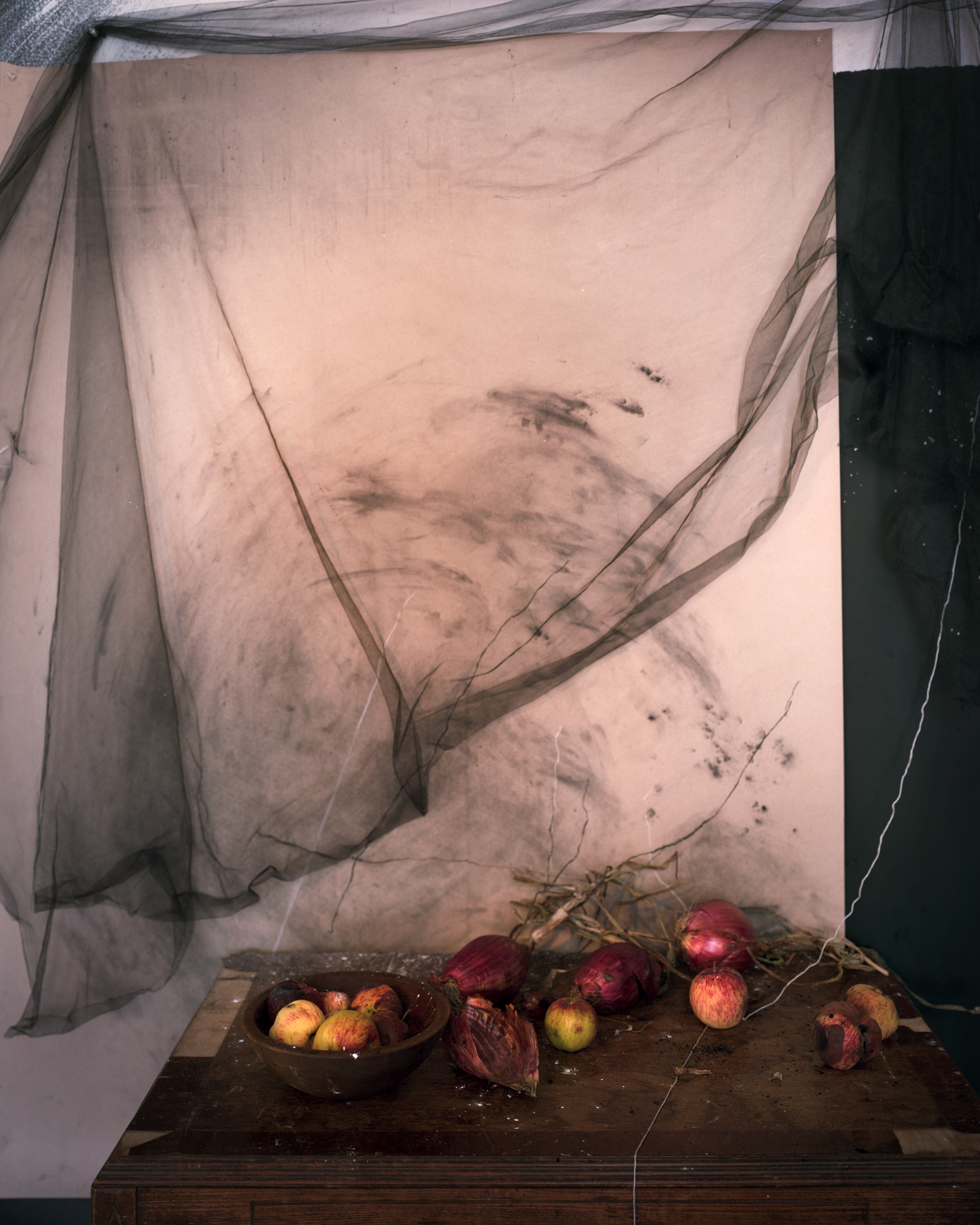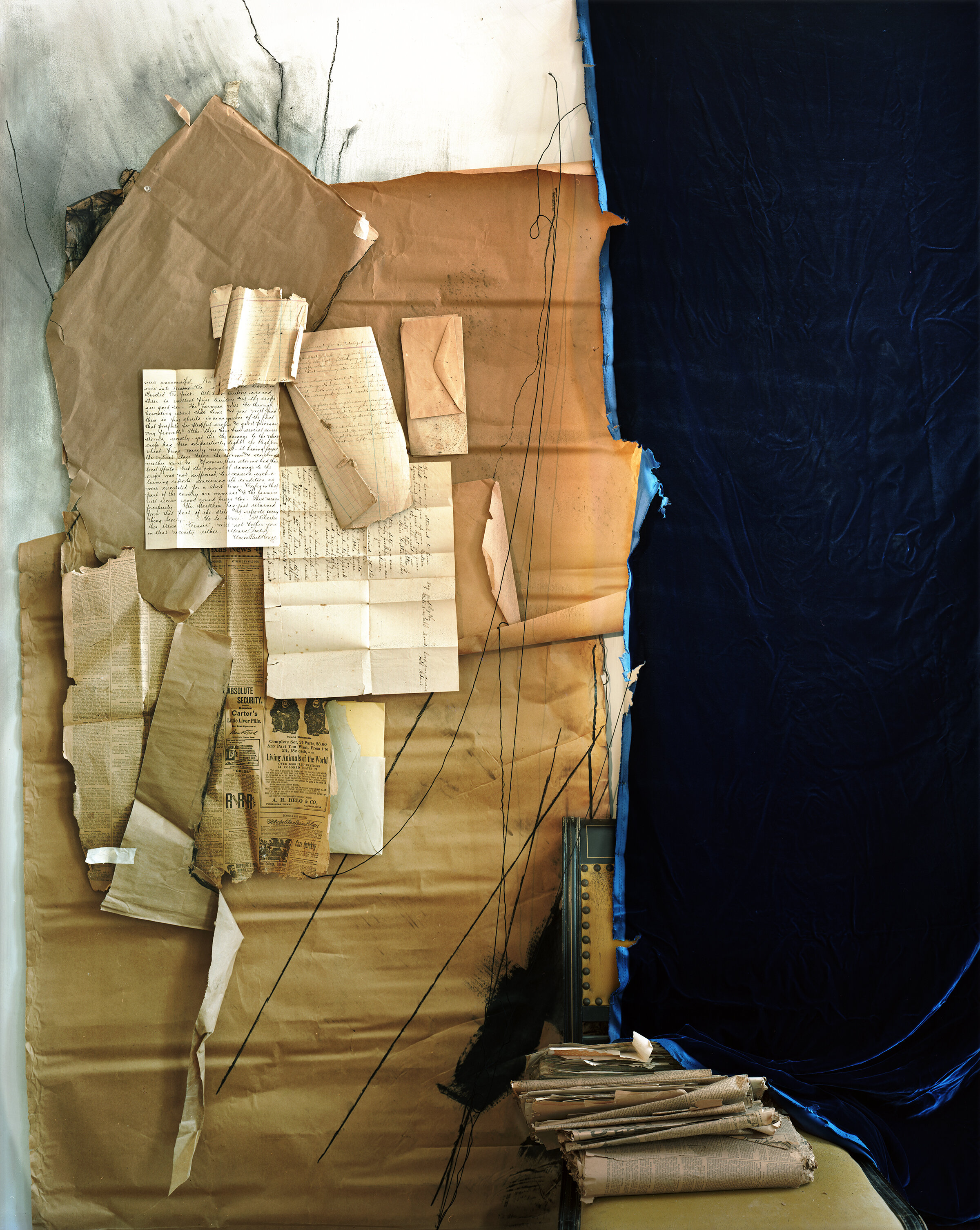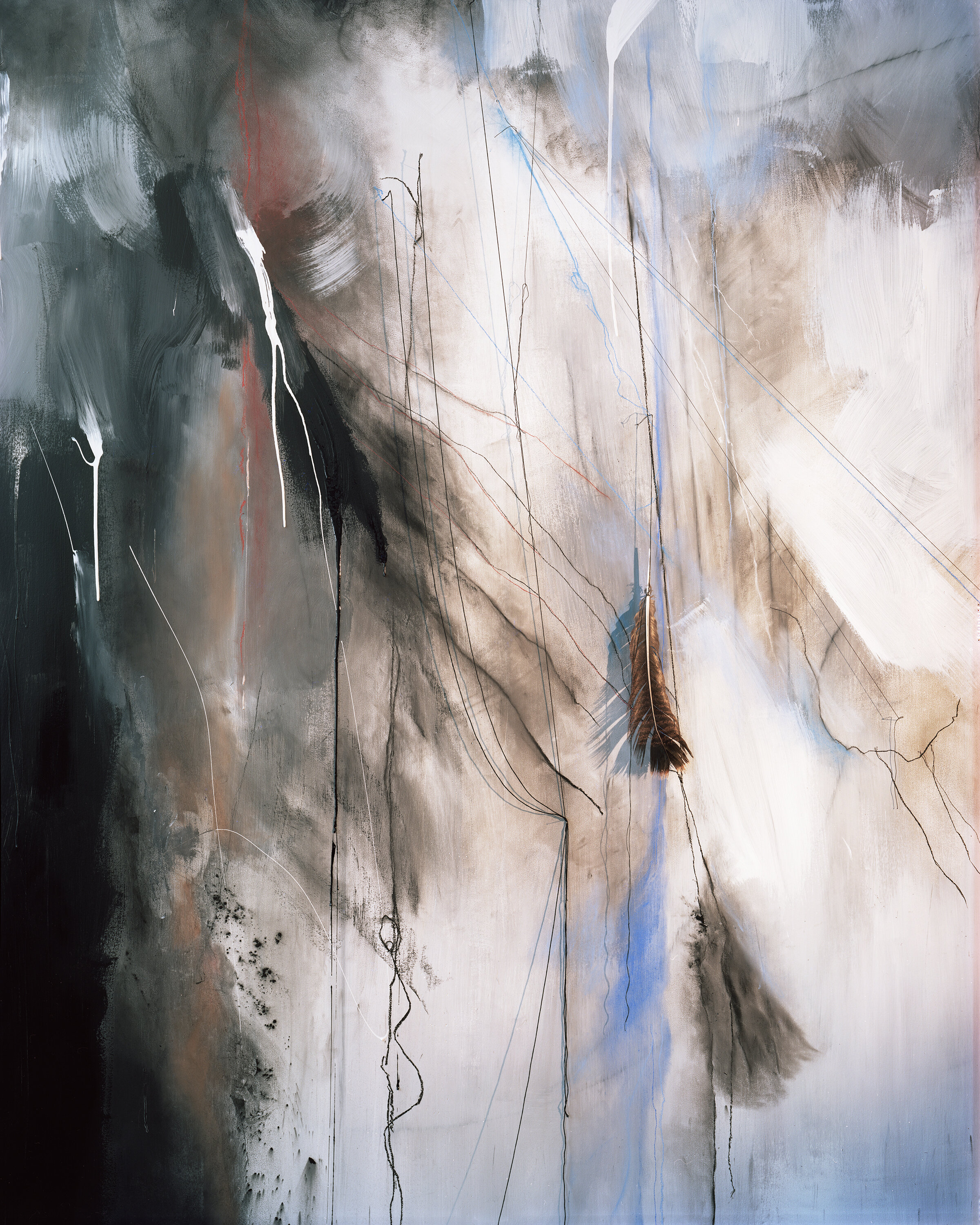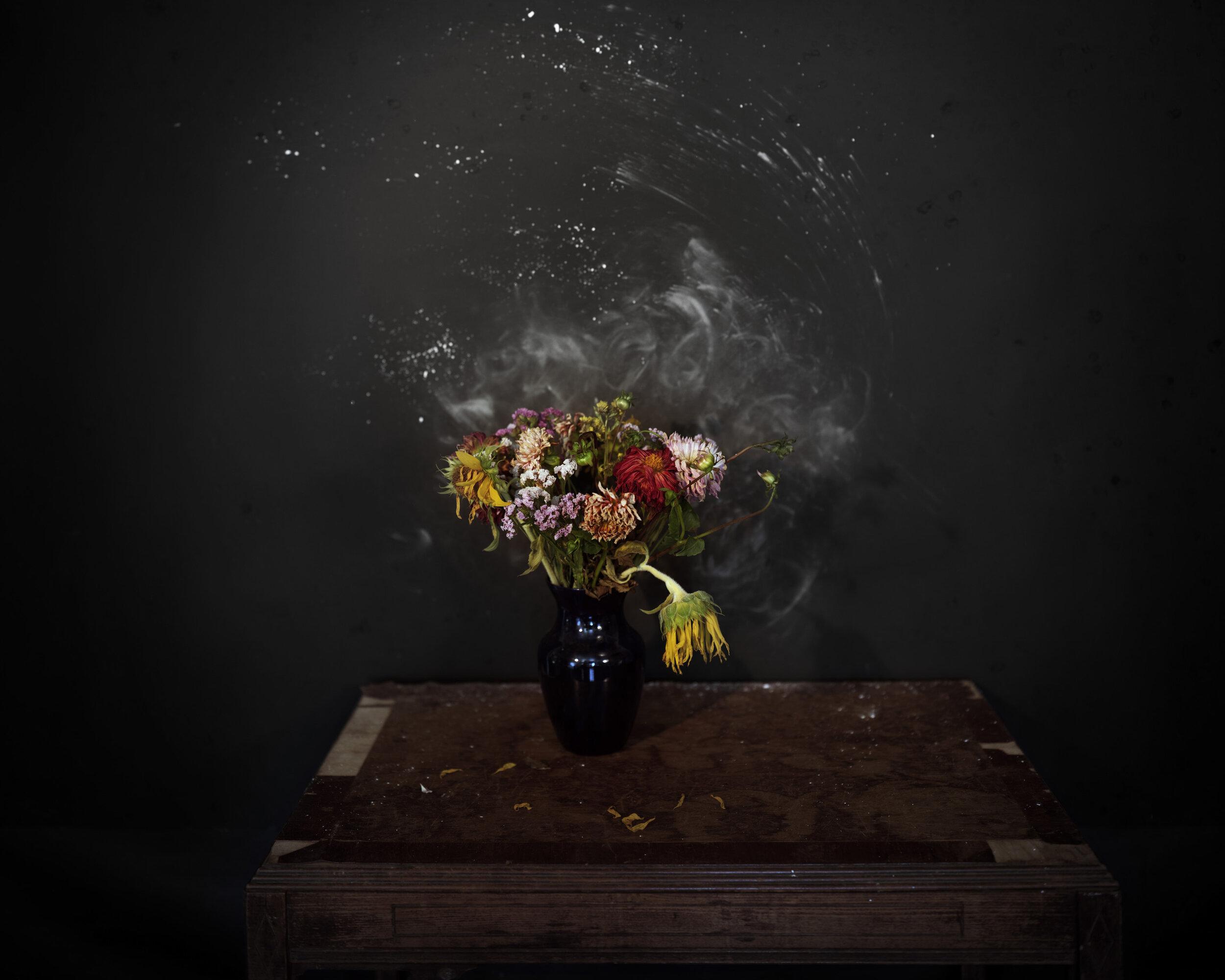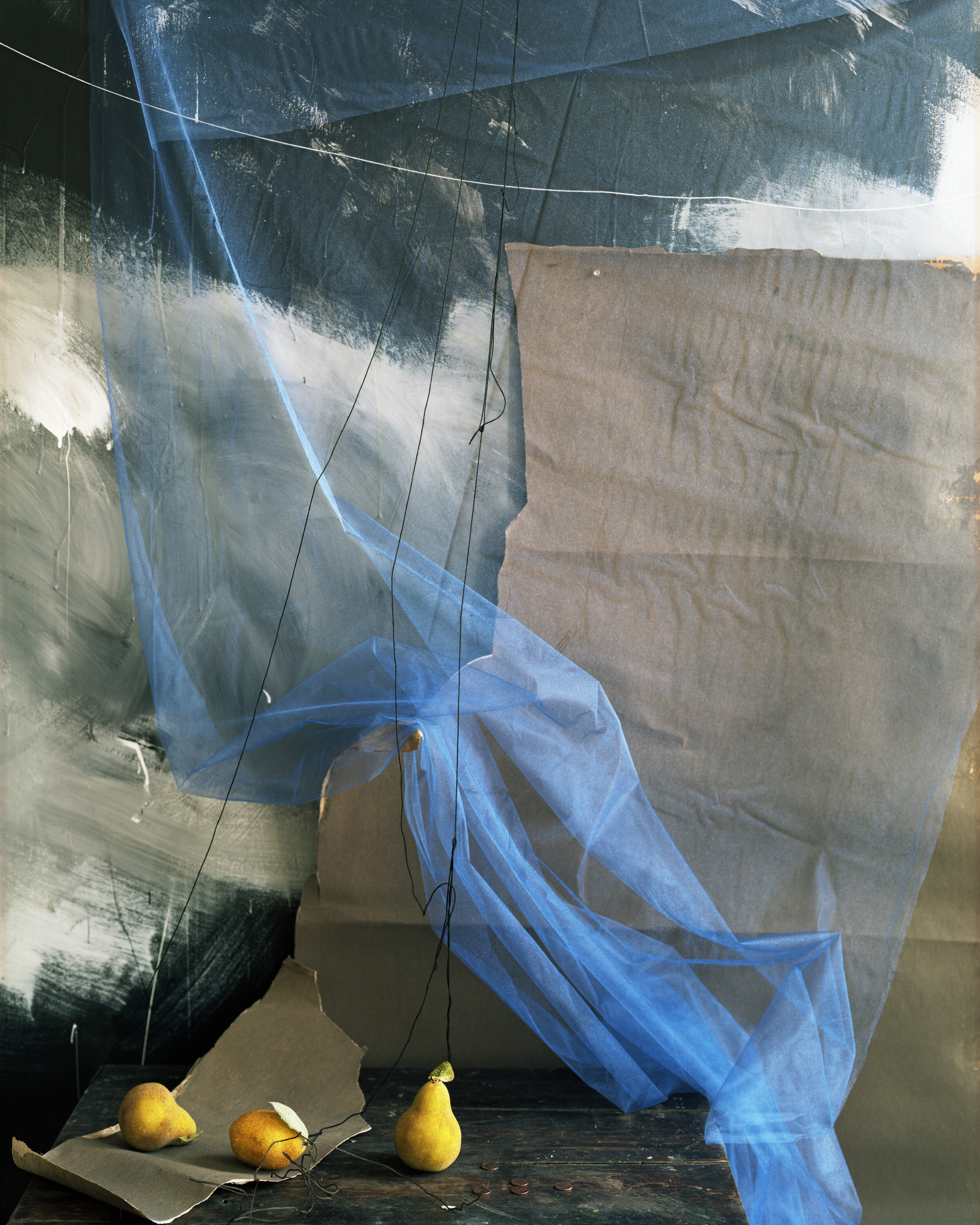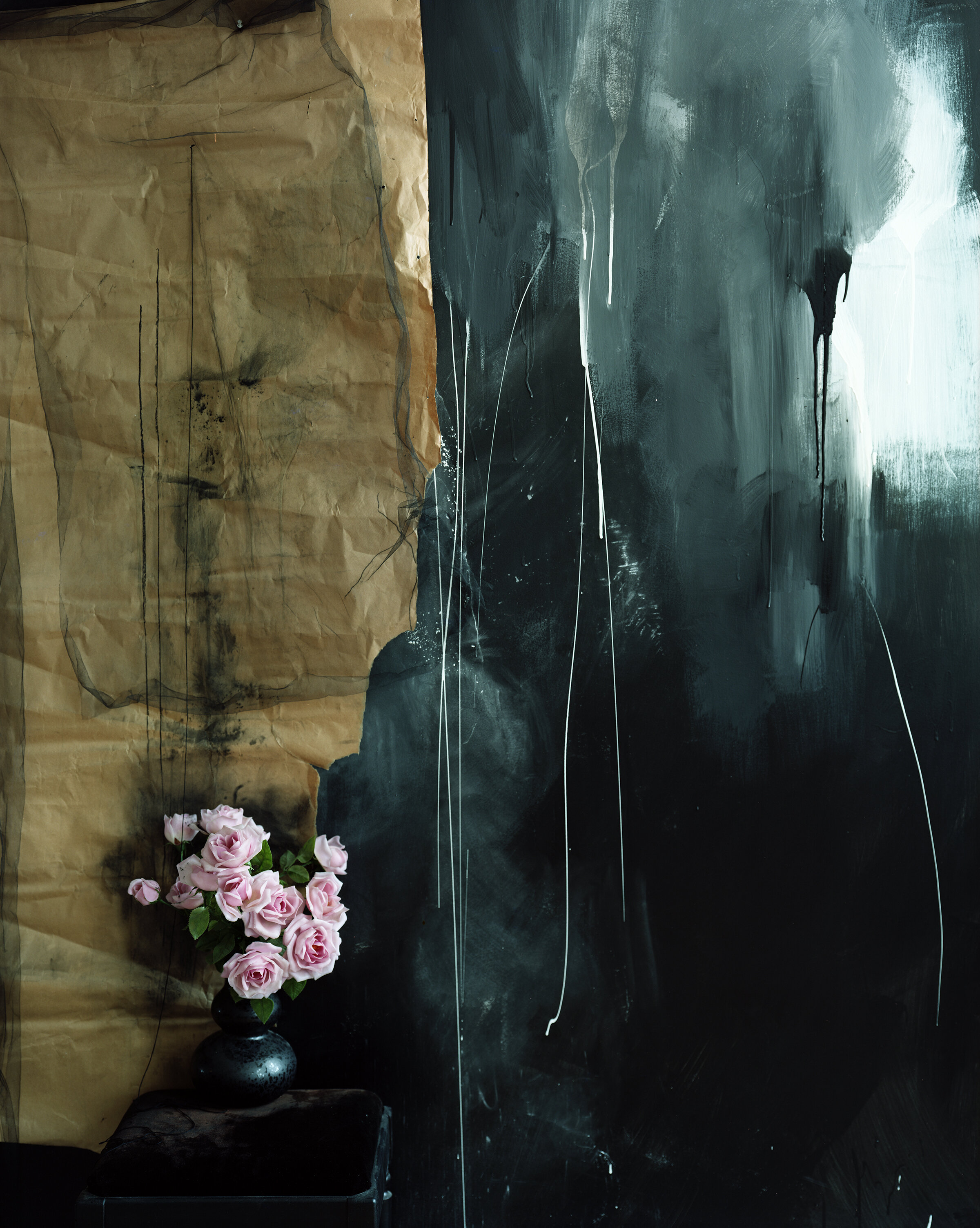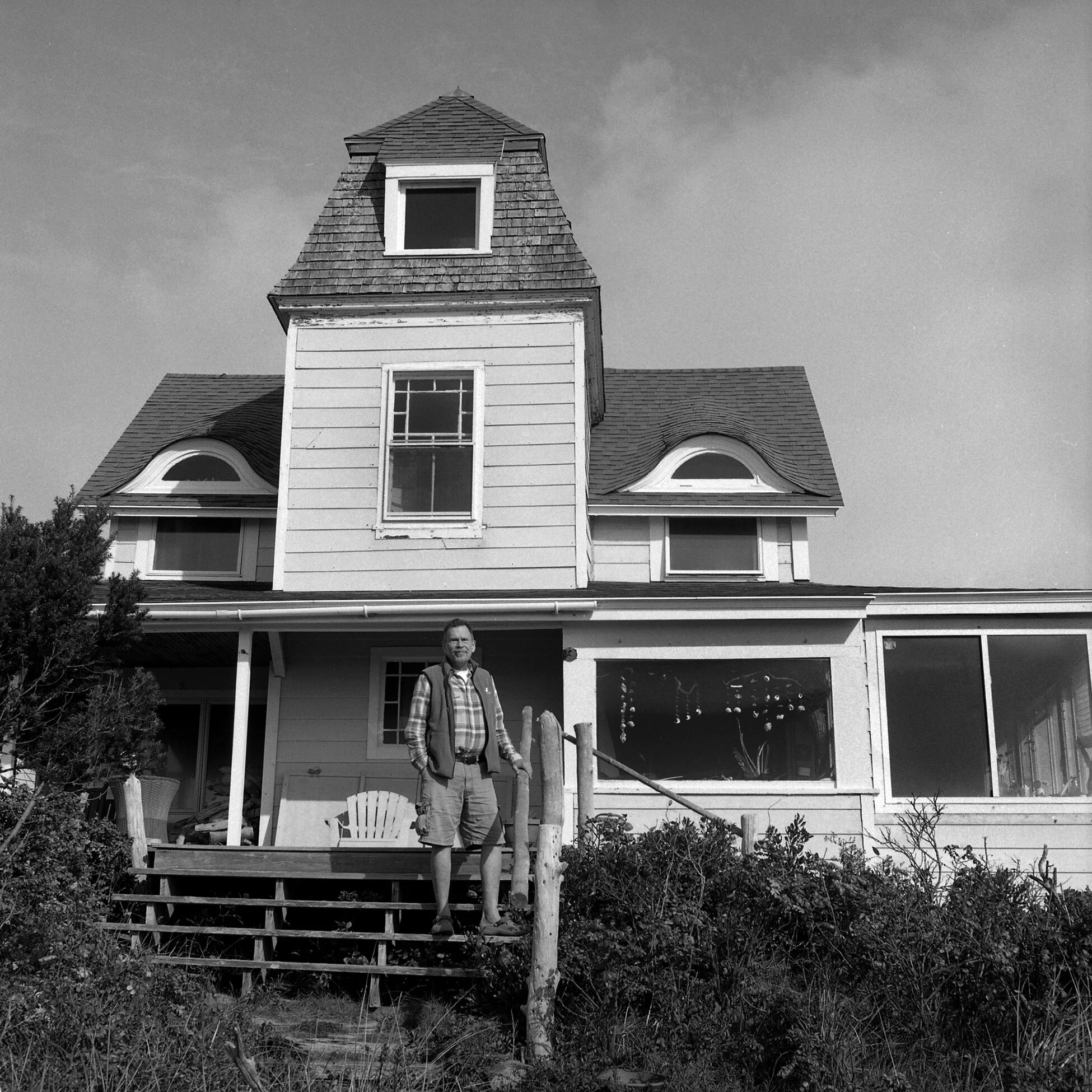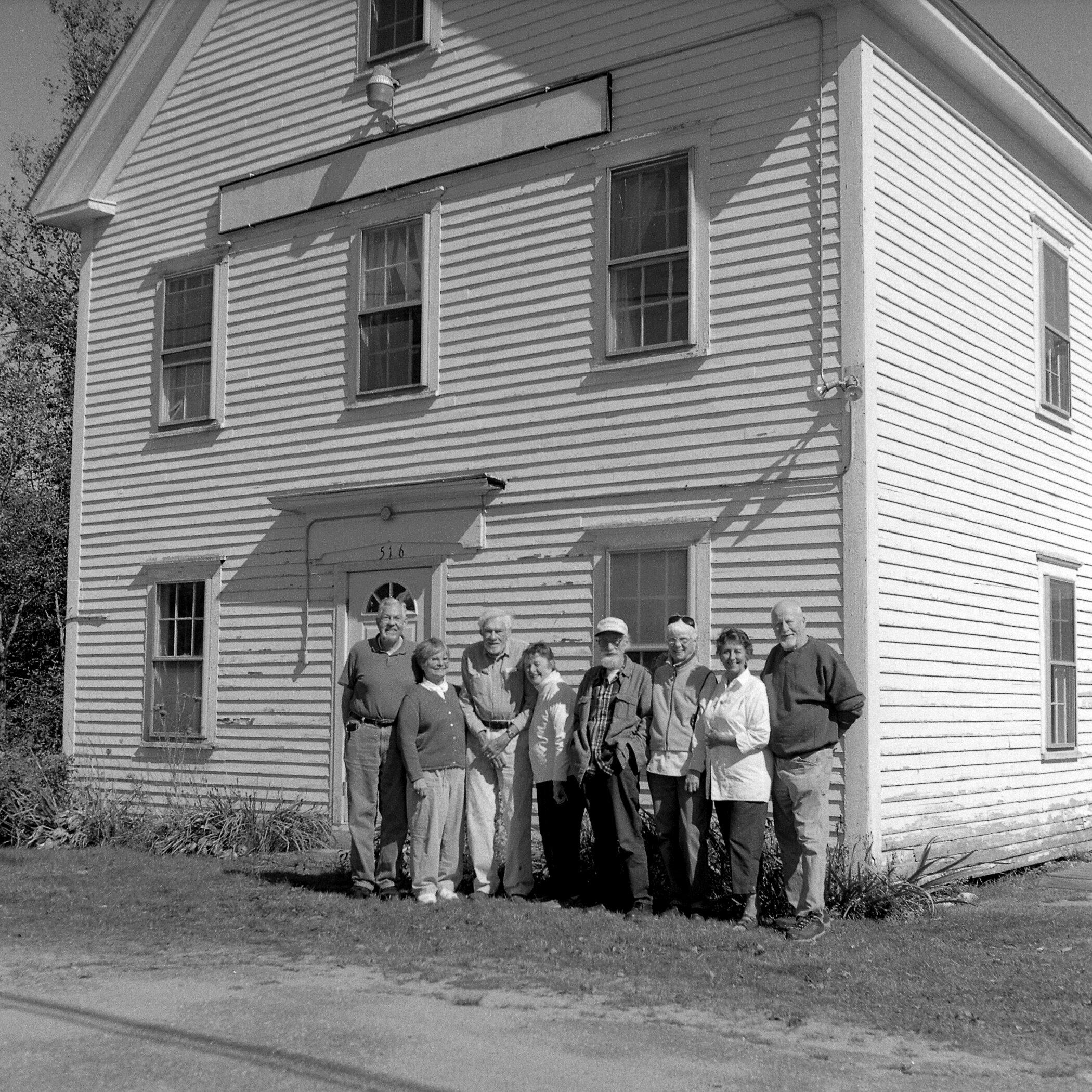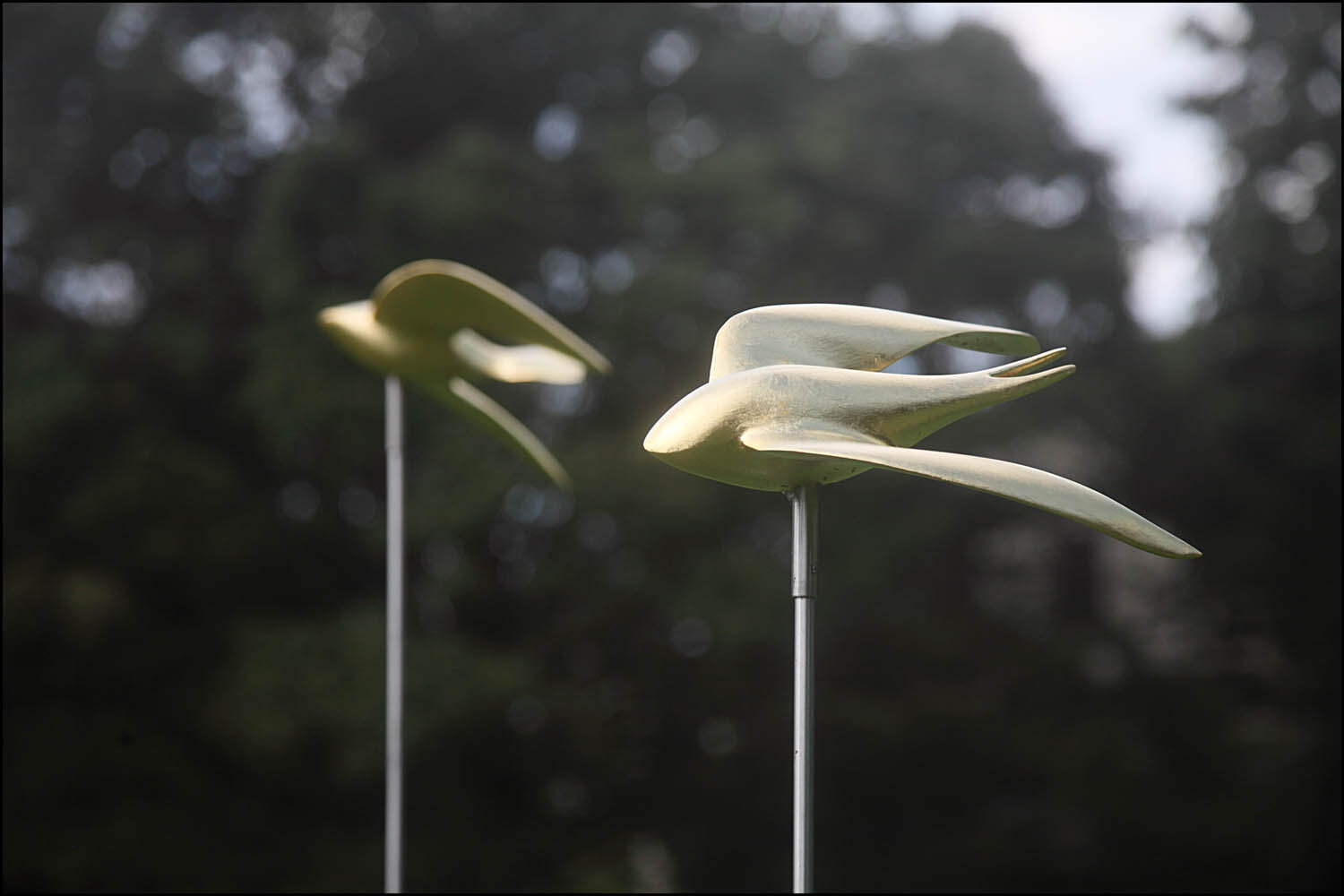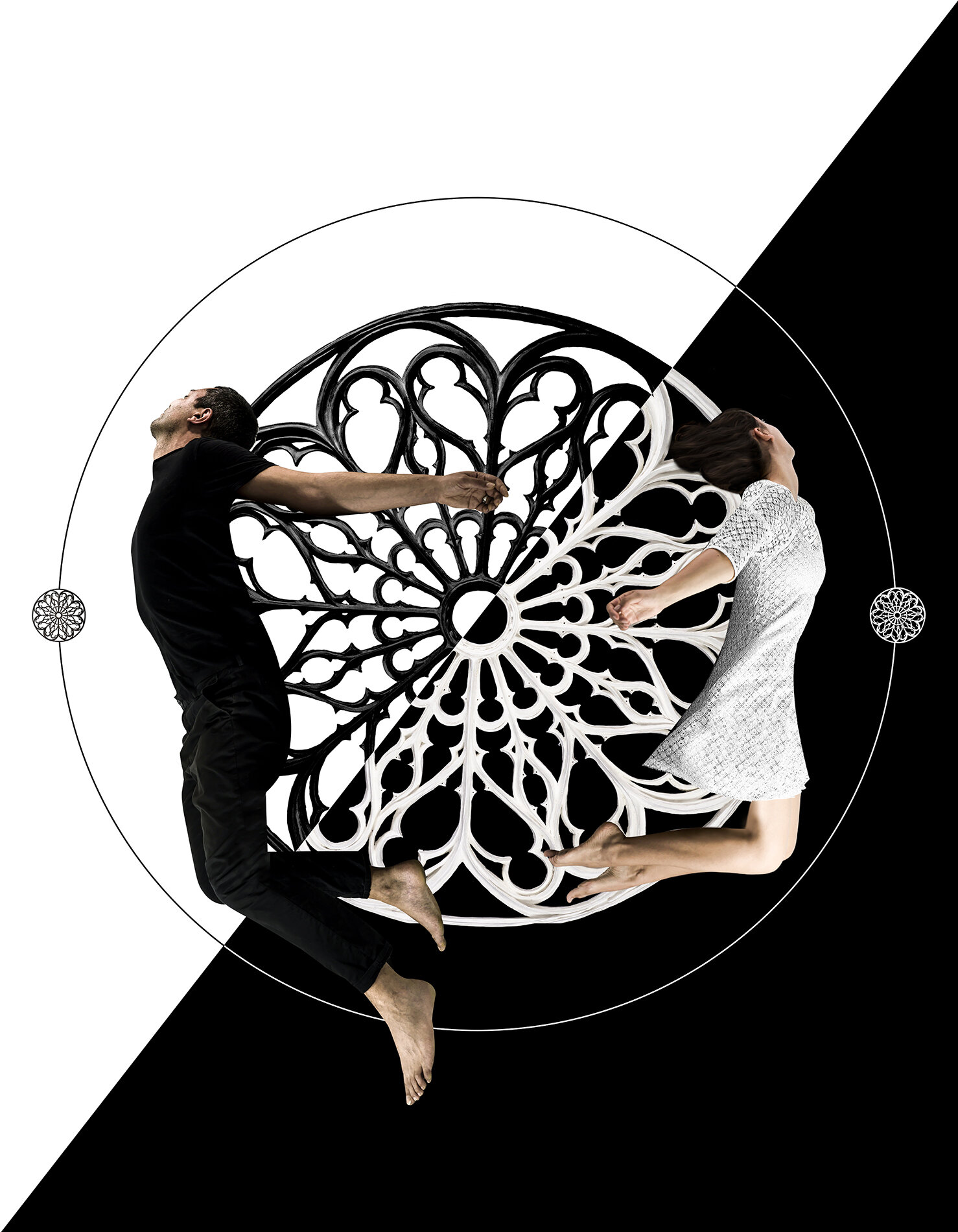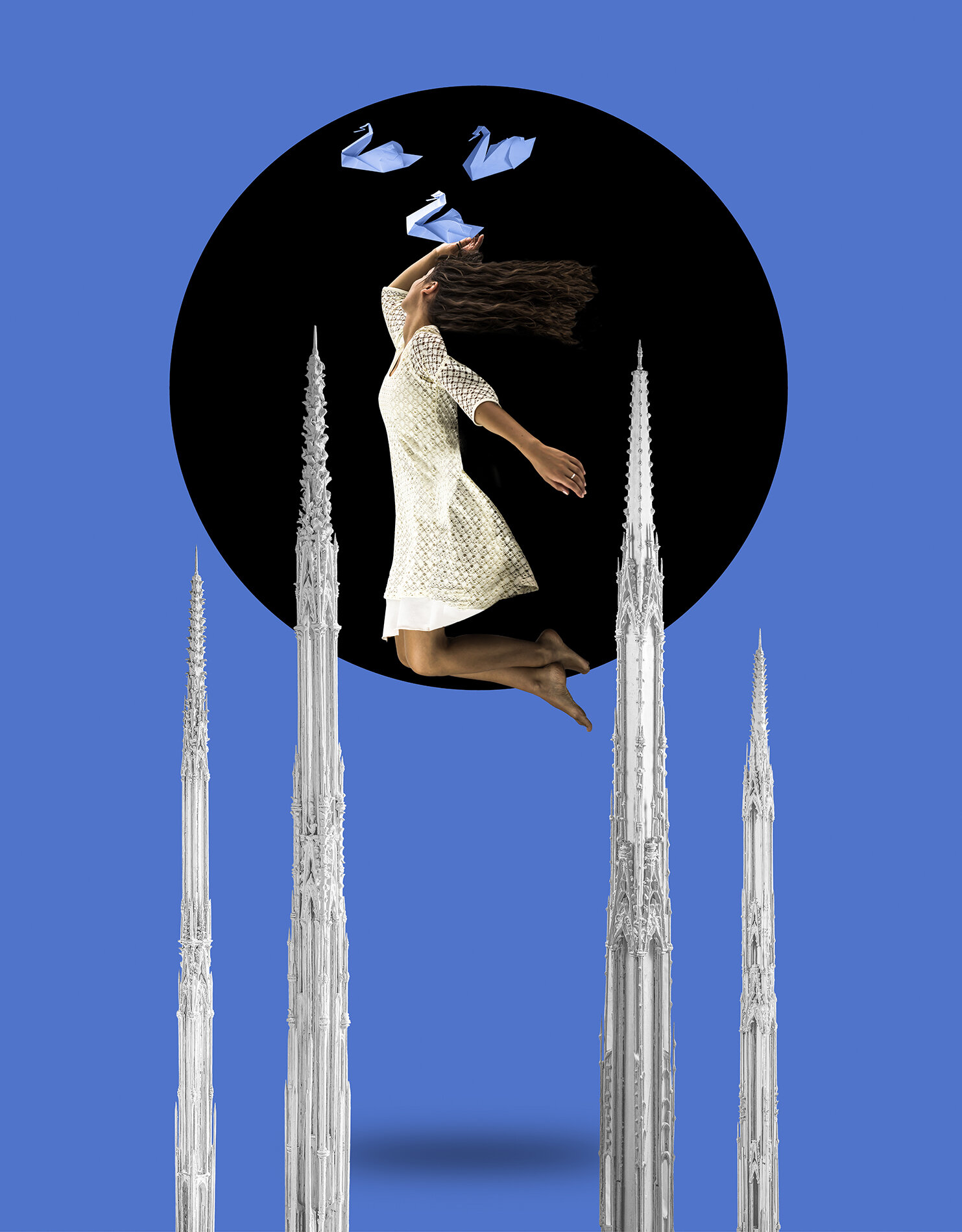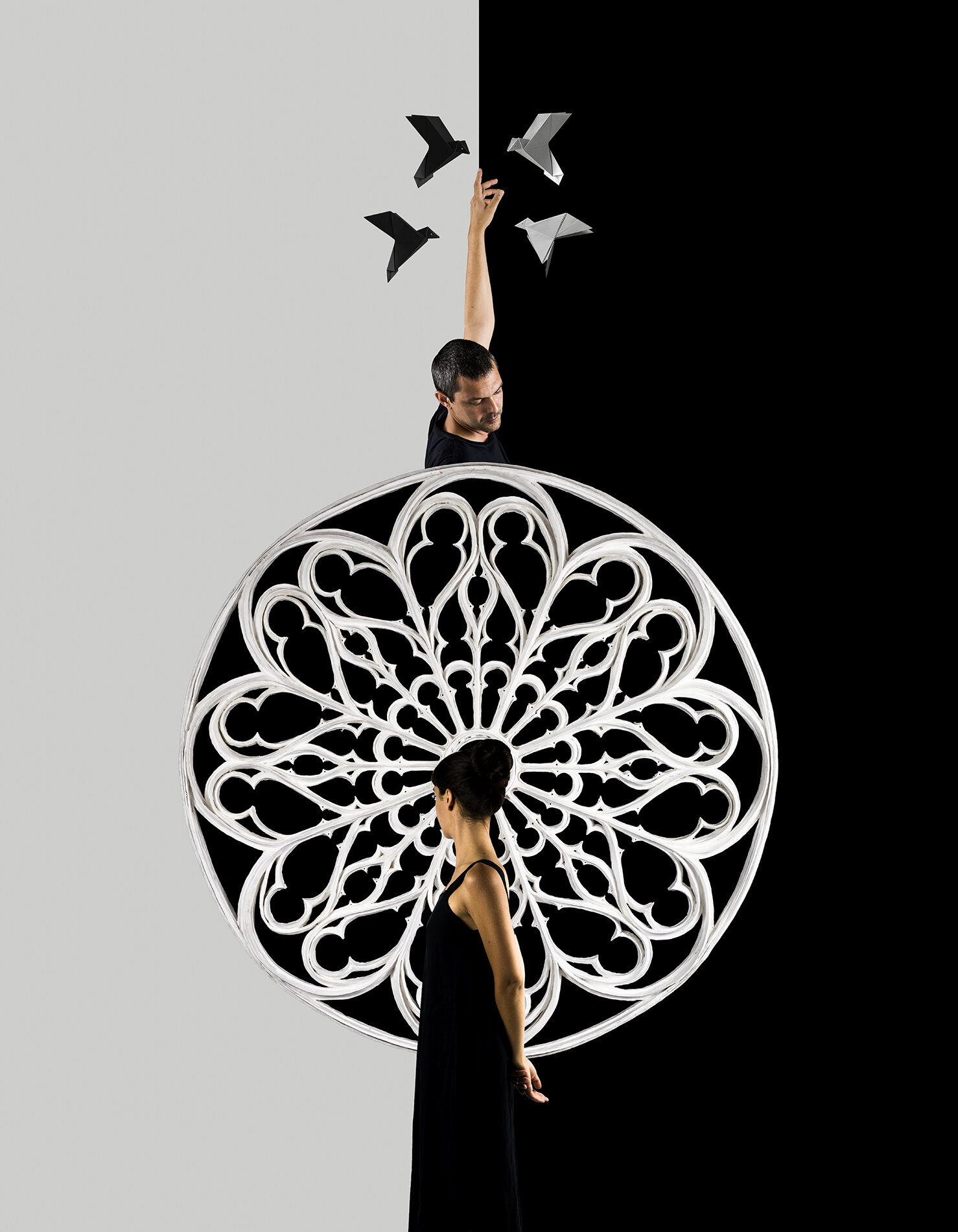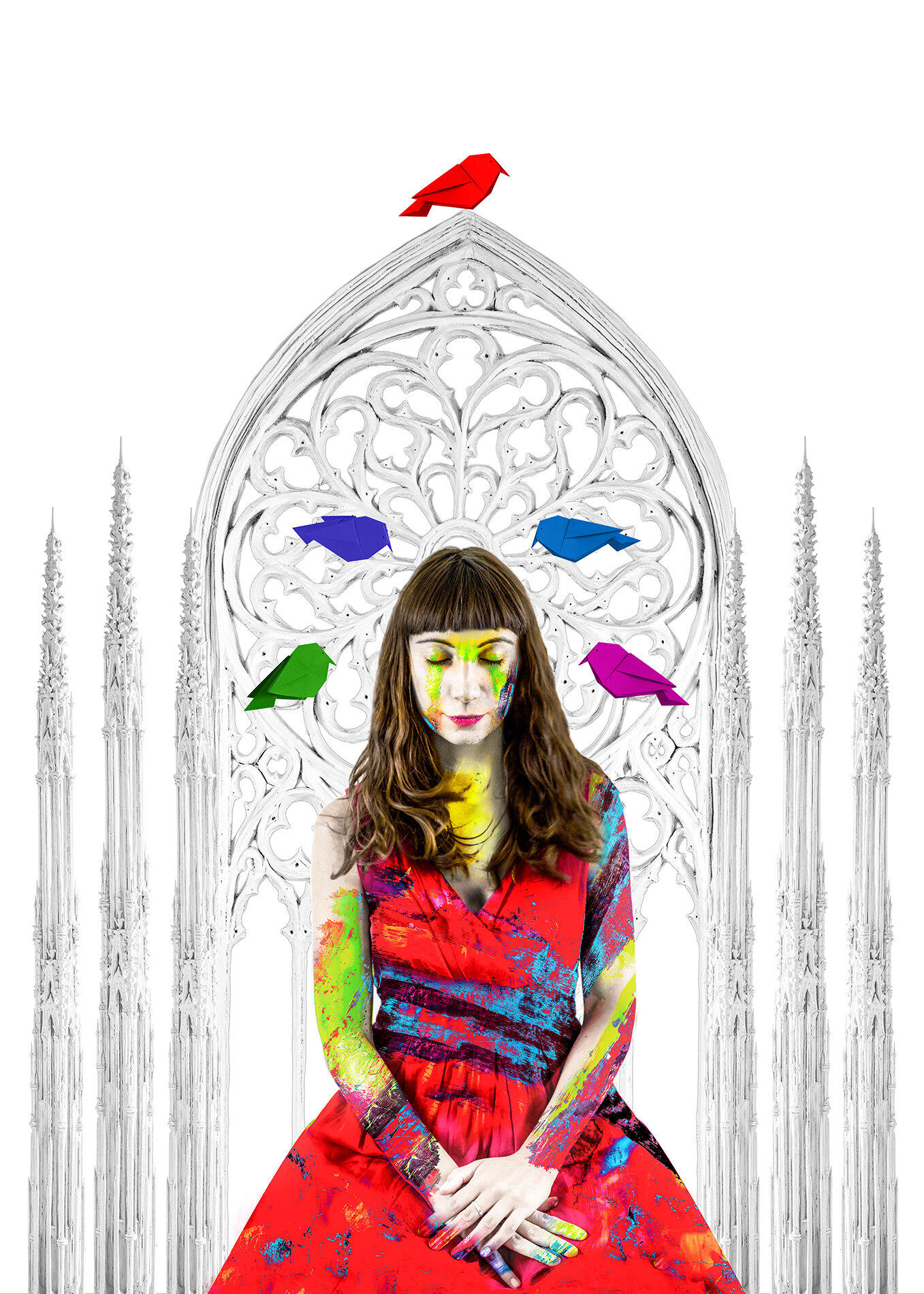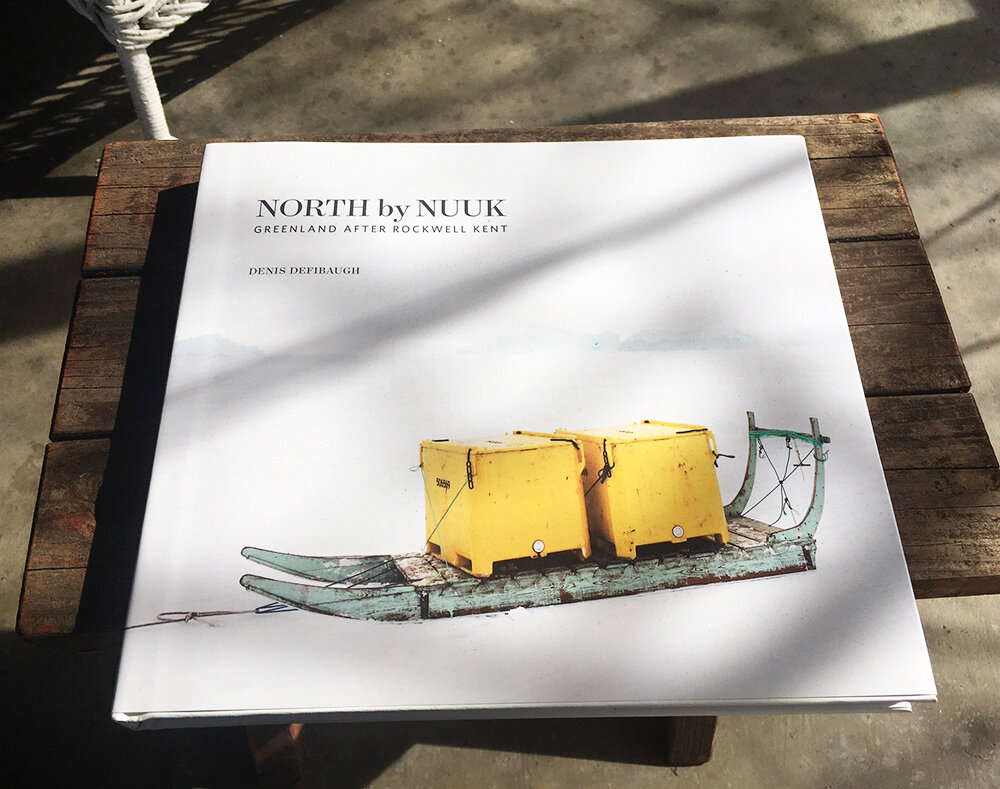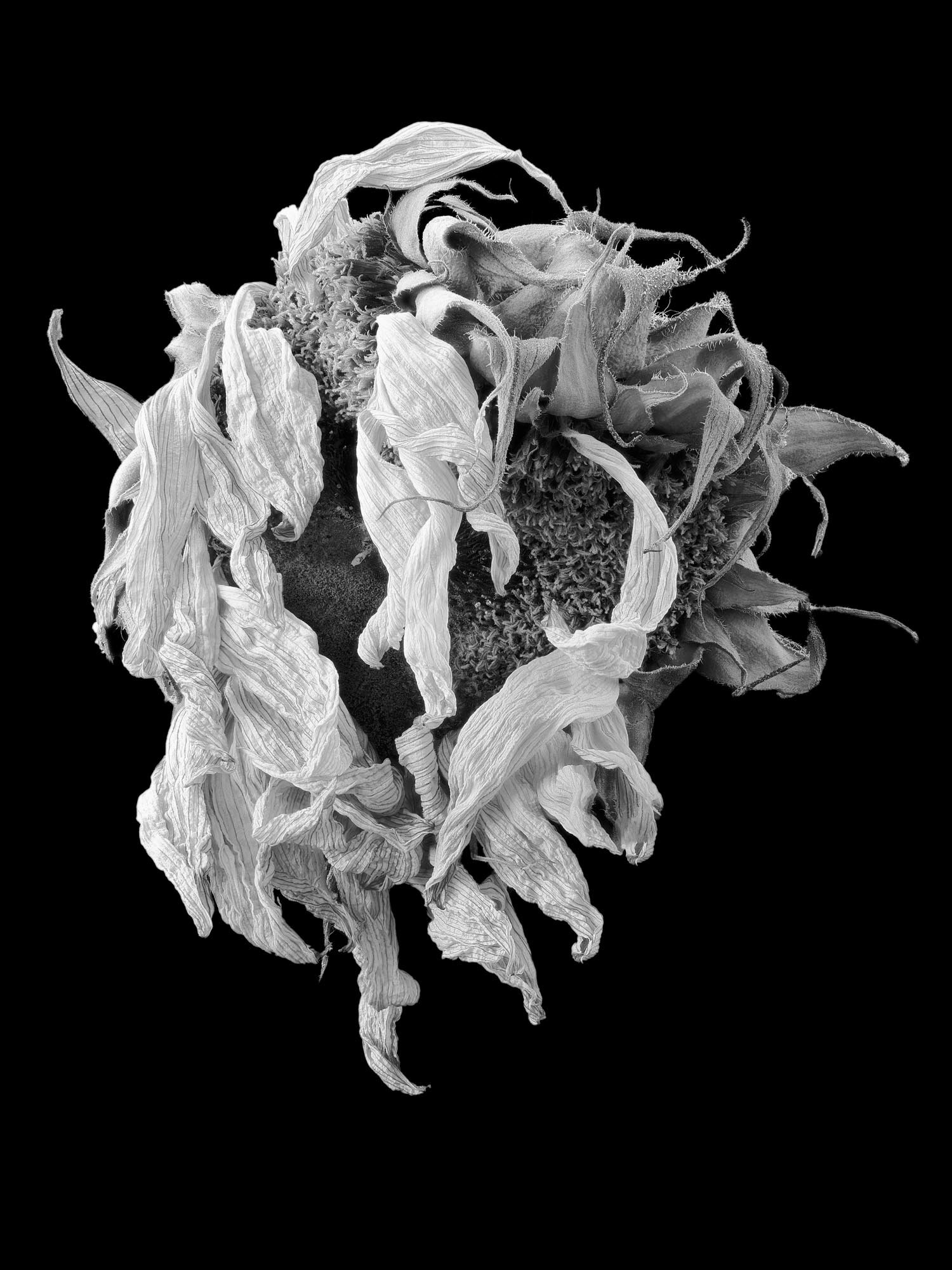We need your support this season as we are ready for the next exciting chapter of MMPA. We are poised to collaborate with our peers and to make opportunities for Maine artists. Help us make things happen! - Director, Denise Froehlich
Lauren Semivan
20th century Polish poet Czesław Miłosz, in his Nobel lecture, describes the poet as having a kind of double vision, "a map both distant and concrete". This metaphoric map represents a synchronism of the eternal and the everyday. In reading Milosz words, it struck me that this is also true within photographs. There exists a converging of two scales; the physical world - things in themselves as they are - and the interior world lying hidden in all things. The map and the camera are both tools for understanding one’s own environment with both abstraction and precision. - Lauren Semivan
John Koethe
(1945- )
What I want in poetry is a kind of abstract photography
Of the nerves, but what I like in photography
Is the poetry of literal pictures of the neighborhood.
— From Pictures of Little Letters
LIGHTS OUT GALLERY PRESENTS: I CHOSE SOMETHING LIMITLESS - PRINTMAKER GREG SHATTENBERG
Dan Dowd Faces portfolio
I moved to Phippsburg in 2001 to live my life as an artist and focus on my practice of producing art from found objects. I began photographing residents of my town after noticing someone with an unconventionally beautiful face on one of my foraging trips to the local transfer station. I've partnered with the Phippsburg Historic Preservation Commission to use some of these photographs in fund-raising calendars complete with moon phases and a tide chart. These photographs document the people who give Phippsburg such unique character. Every face records a life, reveals a person, gives us some information. Lines, facial expressions, poses, and gestures combined with a location of meaning to the sitter(s) combine to create these images.
– Dan Dowd
Tableaux: Four 19th Century Photographs
John Spaulding from The White Train
1. Somewhere Indians are walking across America.
One is a woman caught in stride
between two white birches, her eyes
on the ground, her mouth
biting open a word while the wind
shreds the lake behind her.
2. A boy wakes alone in cold New England air.
From his window he watches his father’s breath
mix with the steam from cows’ urine.
A white blanket of sheep has unrolled
across the hill, and the yellow dogs
who ran and ran have now disappeared.
3. A glass necklace floats on her white breast
just as she herself floats inside his lens
while he watches from under the dark hood—
her small black eardrops hang perfectly still,
her long white neck and cleavage ready to be
frozen forever by the touch of his finger.
4. As the deer ate from the deep lawn
and the fish jumped near the willow trees,
the big white ferry paused briefly before sliding
back again across the lake, completely
unaware of its brightness and its beauty.
June LaCombe SCULPTURE Features: Autumn At Hawk Ridge Farm
October 1 - 31, 2021
Virtual Artist Talk with John Bowdren October 14@ 4:30pm
Outdoors and by Reservation
June La Combe Sculpture
John Bowdren, 3 Drops Sun/Moon, 2021, Mahogany, aluminum, gold leaf and paint, 65 x 15 x 12 inches photo: Jan Pieter van Voorst van Beest
“Buying original art supports the creative economy; living with art nurtures our soul and inspires our own creative spirit.”
— June LaCombe
If you have been considering sculpture for your home and garden, it Is time to visit this major exhibition of work by forty artists from New England. Sculpture is sited along a one mile trail through country gardens, meadows and woods at Hawk Ridge Farm. This exhibition features John Bowdren who is best known for his gold leafed Swallows and palladium leafed Alewives as well as his nature inspired forms in wood and bronze. Timed entry reservations are made on my website calendar. This is your opportunity to purchase sculpture! — June LaCombe
Anne Alexander
David Allen
Lise Becu
John Bowdren
Pat Cambell
Ray Carbone
Miles Chapin
Peter Dransfield
J.T.Gibson
Evan Haynes
Mark Herrington
Paul Heroux
Andreas von Huene
Kazumi Hoshino
Wendy Klemperer
Lin Lisberger
Cabot Lyford
Jean Noon
Roy Patterson
Meg Brown Payson
Mark Pettegrow
Patrick Plourde
Stephen Porter
Rebekah Raye
Antje Roitzsch
Constance Rush
Jesse Salisbury
Cat Schwenk
George Sherwood
Gary Haven Smith
Marnie Sinclair
Jordan Smith
Cynthia Strout
Scott Stoll
Carolyn Treat
Sharon Townsend
Digby Weavers-Carter
Dan West
Melita Westerlund
John Wilkinson
John Bowdren, Three Swallows, 2021, Goldleaf over mahogany w/stainless steel, 11 x 9 x 3 photo: Jan Pieter van Voorst van Beest
When you drive up route 9 from North Yarmouth, passing through Pownal Center, just past Bradbury Mountain State Park and the historic Cattle Pound, you could take a left on narrow dead end unpaved Minot Road. At the end you will find the Hawk Ridge Farm, a picturesque farm with attractive gardens, horses and lovely woods where June LaCombe has held her sculpture exhibitions for well over 30 years. June has been a major force in the arts in Maine curating and organizing sculpture exhibits all over the state for a long time. The sculpture exhibit in October will be her last and largest at Hawk Ridge Farm with forty artists and John Bowdren of Pownal as the featured artist. This is no retirement for June as she will continue her involvement with the art of sculpture in the future. JPvVvB
To hear about June’s future plans please check out our interview with her in the November issue of Antidote.
June LaCombe Sculpture
Hawk Ridge
90 Minot Road
Pownal, Maine 04069
MMPA ANNOUNCES A NEW BOOK PROJECT
This book is scheduled for release in the fall of 2022. The designer is Jennifer Muller Design and the author is Carl Little. The project was made possible by a generous grant from the Maine Community Foundation
Ascendit by Erika Zolli
“Ascendit” is a series of six portraits inspired by architectural details taken from the observation of famous Gothic monuments.
Through these photographic portraits I want to represent the parallelism that exists between the characteristics of Gothic architecture with the human soul, constantly in tension and looking for something that is beyond itself. In Gothic architecture there is a dynamic spatiality that develops in an ascensional verticality of the forms, pushed to the limit. This propensity will be associated with a will of tension of the soul, suspended between spirituality and heresy, between heaven and earth.
In gothic cathedrals the single elements, while forming an indivisible unit, must at the same time proclaim their own identity while remaining clearly separated from each other. The classical Gothic style demands that one can deduce not only the inside from the outside, but also, for example, the organization of the entire system from the cross section of a pillar. All this brings to mind a living organism, in Goethe's sense: the parts inspired by the whole.
It is from this concept that I wanted to create these six images. In each of which the human element is represented in relation to one or more architectural elements, where the human being projects his spiritual nature into the work in which he is inserted. This series of images are self-portraits, and in two of them there is also the addition of the masculine element to best represent the human sphere in relation to intimacy.
The resin realization of the gothic details used as a scenographic ornament of the photographic portraits were made by the Italian sculptor Michele Rinaldi. - Erika Zolli


